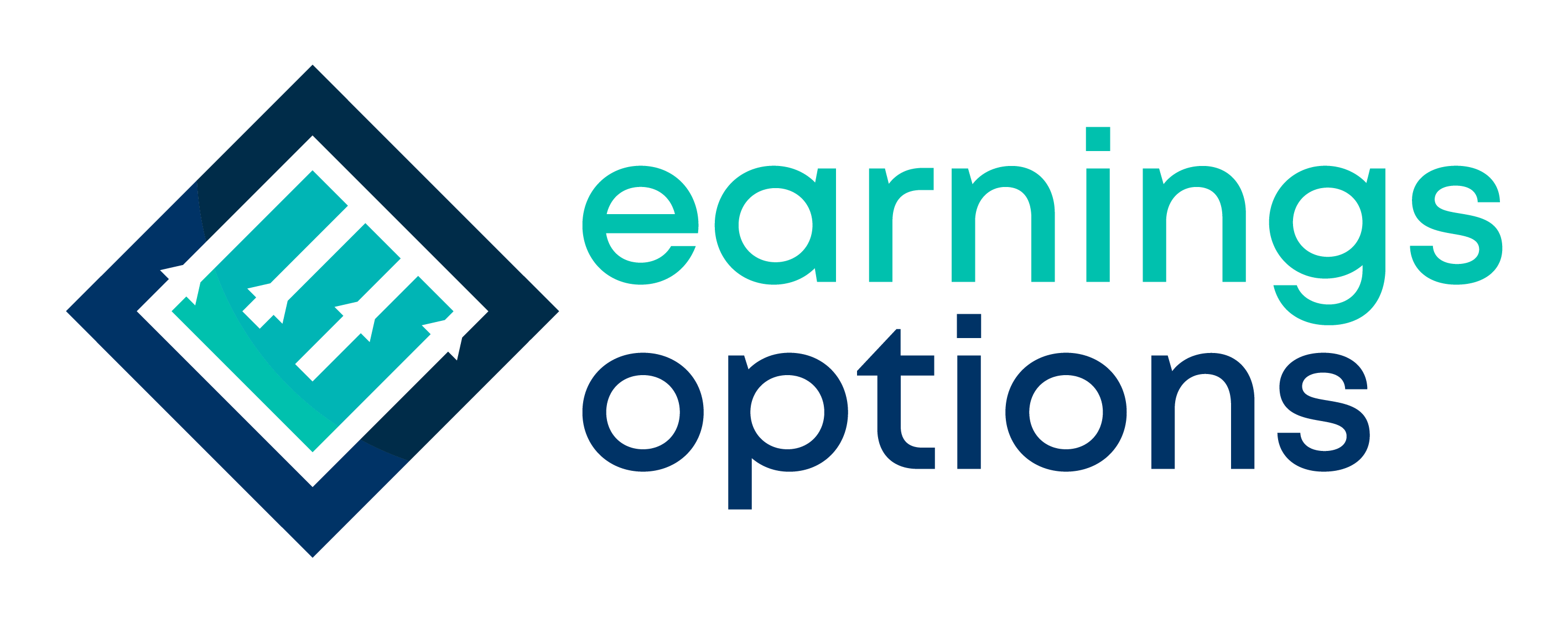The banking industry has undergone a radical transformation in the last couple of decades, transitioning from traditional, in-person services to an increasingly digital landscape. This shift towards digital banking is not just a change in the medium through which banking services are accessed, but it also represents a fundamental redefinition of what a checking account can and should do. In this article, we explore the various ways in which the digital banking revolution is reshaping the purpose and function of checking accounts.
The Traditional Role of Checking Accounts: Traditionally, checking accounts served as the primary tool for managing day-to-day financial transactions. Customers would deposit their earnings, withdraw cash, write checks, and perhaps pay a few bills directly from the account. The checking account was essentially a utility for managing liquidity, and it came with a physical checkbook and monthly paper statements.
The Digital Shift: With the advent of the internet and the proliferation of smartphones, banks began to offer online and mobile banking options. Customers quickly adopted these new tools, drawn to the convenience, speed, and accessibility they provided.
Enhanced Accessibility and Convenience: One of the most significant impacts of digital banking on checking accounts is the enhanced accessibility and convenience it provides. Customers can now check their balances, make transfers, and pay bills at any time and from virtually anywhere. This 24/7 access eliminates the need to visit a branch for most banking activities, saving customers valuable time.
Integration of Financial Tools: Digital banking has also led to the integration of various financial tools and services directly into checking accounts. Many banks now offer budgeting tools, expense trackers, and savings goals features within their online banking platforms. These tools enable customers to have a more holistic view and control of their finances, using their checking account as a central hub for managing their money.
The Rise of Neobanks and Fintech: The digital banking revolution has also paved the way for the emergence of neobanks—completely digital banks with no physical branches—and fintech companies offering innovative financial products and services. These entities often provide checking account services with enhanced features such as no-fee transactions, higher interest rates, and instantaneous transfers. The competition from neobanks and fintech has pushed traditional banks to innovate and improve their digital offerings, further redefining the role of checking accounts.
Increased Focus on User Experience: As banking has moved online, there has been a heightened focus on improving the user experience. Banks have invested heavily in designing intuitive, user-friendly interfaces for their online and mobile banking platforms. The goal is to make managing a checking account as seamless and straightforward as possible, minimizing friction for the user.
Enhanced Security and Fraud Protection: The digital nature of modern checking accounts has necessitated advancements in security and fraud protection. Banks now employ sophisticated algorithms and machine learning to detect and prevent fraudulent activity. Additionally, customers have access to instant notifications and the ability to lock or unlock their accounts directly from their mobile devices, providing an added layer of security.
Real-Time Transactions and Notifications: In the past, transactions could take days to process and post to a checking account. Today, many transactions are processed in real-time, providing customers with up-to-the-minute accuracy in their account balances. Additionally, customers can receive instant notifications for all account activity, helping them stay informed and in control of their finances.
Streamlined Bill Pay and Money Transfers: The functionality of bill pay services and money transfers has greatly improved with digital banking. Customers can now schedule and make bill payments directly from their checking accounts with just a few clicks. Peer-to-peer money transfer services have also become integrated with checking accounts, allowing for instantaneous transfers between individuals.
Customization and Personalization: Digital banking platforms have introduced a level of customization and personalization previously unavailable. Customers can set up custom alerts, organize and categorize transactions, and even personalize the visual appearance of their online banking interface. This personalization extends to the products and services offered by banks, with algorithms providing tailored product recommendations based on a customer’s banking behavior.
Challenges and Considerations: While the shift towards digital banking has brought about numerous benefits, it also presents challenges. The digital divide means that not all customers have equal access to or are comfortable using digital banking tools. Additionally, the increasing reliance on digital systems raises concerns about data security and privacy.
The Future of Checking Accounts: As technology continues to advance and customer expectations evolve, the role and function of checking accounts are likely to continue changing. We may see further integration of artificial intelligence and machine learning to provide even more personalized financial advice and services directly from a checking account. Additionally, the integration of blockchain and cryptocurrency wallets into checking accounts could become more common, further expanding the capabilities and functions of this traditional banking tool.
The shift towards digital banking has profoundly impacted the purpose and function of checking accounts, turning them from simple tools for transaction management into central hubs for personal finance management. Enhanced accessibility, integration of financial tools, and improved user experience are just a few of the ways in which digital banking has redefined checking accounts. As we look to the future, it is clear that the evolution of checking accounts will continue, driven by technological advancements and changing customer needs. Whether through traditional banks, neobanks, or fintech companies, the checking account remains a vital component of personal finance, and its role is more dynamic and multifaceted than ever before.

